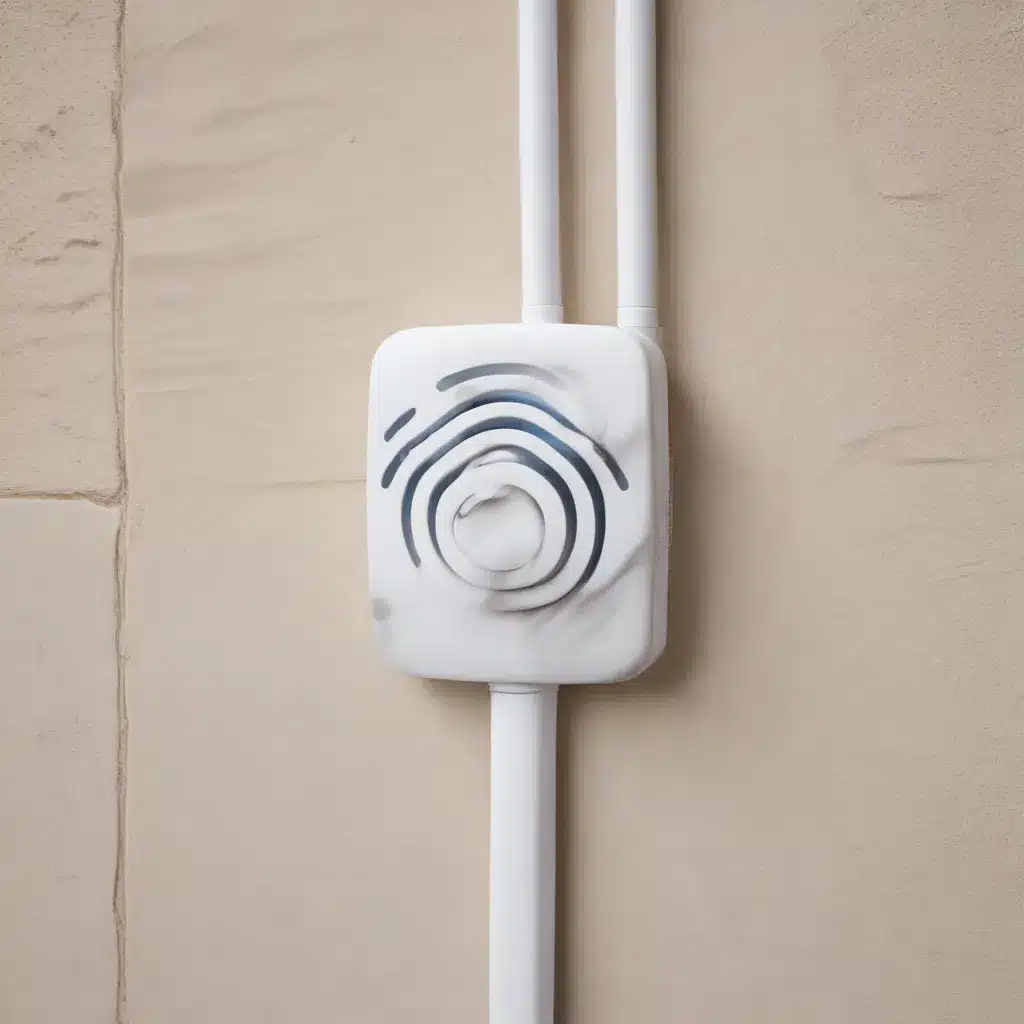
Understanding the Causes of Wi-Fi Dead Zones
As an experienced IT professional, I’ve seen my fair share of frustrating Wi-Fi dead zones. These areas within a home or office where the wireless signal is weak or nonexistent can be incredibly problematic, hampering productivity, entertainment, and overall connectivity. The root causes of these dead zones can vary, but often stem from the placement and configuration of the wireless router, as well as the physical layout and construction of the building itself.
One of the primary culprits is the location of the router. Many homeowners and small business owners make the mistake of tucking their router away in a closet or corner, unaware that this can significantly impede the signal’s reach. Walls, floors, and even furniture can act as barriers, absorbing and deflecting the radio waves that carry the wireless data. Additionally, certain materials like concrete, brick, and metal can further degrade the signal, leading to spotty coverage.
Another common issue is interference from other electronic devices. Microwaves, Bluetooth devices, and even neighboring wireless networks can all disrupt the 2.4 GHz and 5 GHz frequencies used by most modern routers. This can result in a weaker signal, dropped connections, and sluggish performance, particularly in areas farther away from the router.
Strategies for Maximizing Wireless Network Reach and Coverage
Fortunately, there are several proven strategies and techniques that can help eliminate those pesky Wi-Fi dead zones and ensure seamless connectivity throughout your home or office. Let’s dive into the details:
1. Optimize Router Placement
The placement of your wireless router is critical to achieving optimal coverage. Avoid tucking the router away in a closet or corner, as this will limit its ability to broadcast the signal effectively. Instead, aim to position it in a central, elevated location, such as on a shelf or the ceiling, to ensure the signal can reach all corners of the space.
Steer clear of placing the router near large metal objects, appliances, or windows, as these can interfere with the signal. Additionally, keep the router away from potential sources of interference, like microwaves, Bluetooth devices, and other wireless networks.
2. Leverage Wireless Extenders or Mesh Systems
If your home or office is particularly large or has challenging layouts, a single router may not be enough to provide comprehensive coverage. In these cases, consider investing in wireless extenders or a mesh networking system.
Wireless extenders, also known as repeaters, can pick up the existing Wi-Fi signal and rebroadcast it to extend the reach. However, be cautious when choosing extenders, as some models can actually degrade the overall network performance. The Reddit community has warned against certain low-quality extenders that can do more harm than good.
Mesh networking systems, on the other hand, offer a more robust and seamless solution. These systems consist of multiple interconnected nodes that work together to create a unified, whole-home wireless network. By strategically placing the mesh nodes throughout the space, you can ensure consistent, high-speed connectivity in even the most challenging areas.
3. Upgrade to a Newer, More Powerful Router
If your current router is several years old, it may be time to consider upgrading to a newer model. Newer routers often feature more advanced technology, such as support for the latest Wi-Fi standards (e.g., Wi-Fi 6) and higher-powered antennas, which can significantly improve signal strength and coverage.
When evaluating new router options, pay attention to the router’s wireless frequency bands (2.4 GHz vs. 5 GHz), as well as its overall performance specifications. Generally, a 5 GHz router will provide better range and speed, while a dual-band router that supports both 2.4 GHz and 5 GHz can offer the best of both worlds.
4. Implement a Wired Ethernet Backbone
While wireless connectivity is the goal, incorporating wired Ethernet connections can actually help improve your overall network performance and coverage. By strategically placing Ethernet access points throughout your home or office, you can create a wired backbone to support the wireless network.
This approach allows you to hardwire critical devices, such as smart TVs, gaming consoles, and desktop computers, directly to the network. This offloads network traffic from the wireless channels, freeing them up to serve other wireless devices more efficiently. Additionally, you can use these wired access points as additional wireless access points, further extending the reach of your network.
5. Explore Professional Network Setup and Optimization Services
If you’re still struggling to eliminate Wi-Fi dead zones, consider enlisting the help of a professional IT service provider, such as IT Fix. These experts can assess your specific network requirements, evaluate your physical environment, and design a custom solution to maximize your wireless coverage.
Services like EPB Smart Net Plus can provide a top-of-the-line Wi-Fi 6 router, along with professional setup and ongoing maintenance. This ensures your network is optimized for peak performance and that any future issues are quickly resolved by experienced technicians.
Conclusion: Embrace a Comprehensive Approach to Wireless Connectivity
Eliminating Wi-Fi dead zones requires a multifaceted approach that takes into account the unique characteristics of your home or office environment. By carefully considering the placement and configuration of your wireless router, leveraging extenders or mesh systems, upgrading to newer and more powerful hardware, and potentially seeking professional assistance, you can create a seamless, high-performance wireless network that delivers reliable connectivity in every corner of your space.
Remember, the key to achieving optimal wireless coverage is to think holistically about your network and be willing to experiment with different solutions. With the right strategies and a little bit of troubleshooting, you can say goodbye to those frustrating dead zones and hello to uninterrupted, lightning-fast Wi-Fi throughout your entire property.












